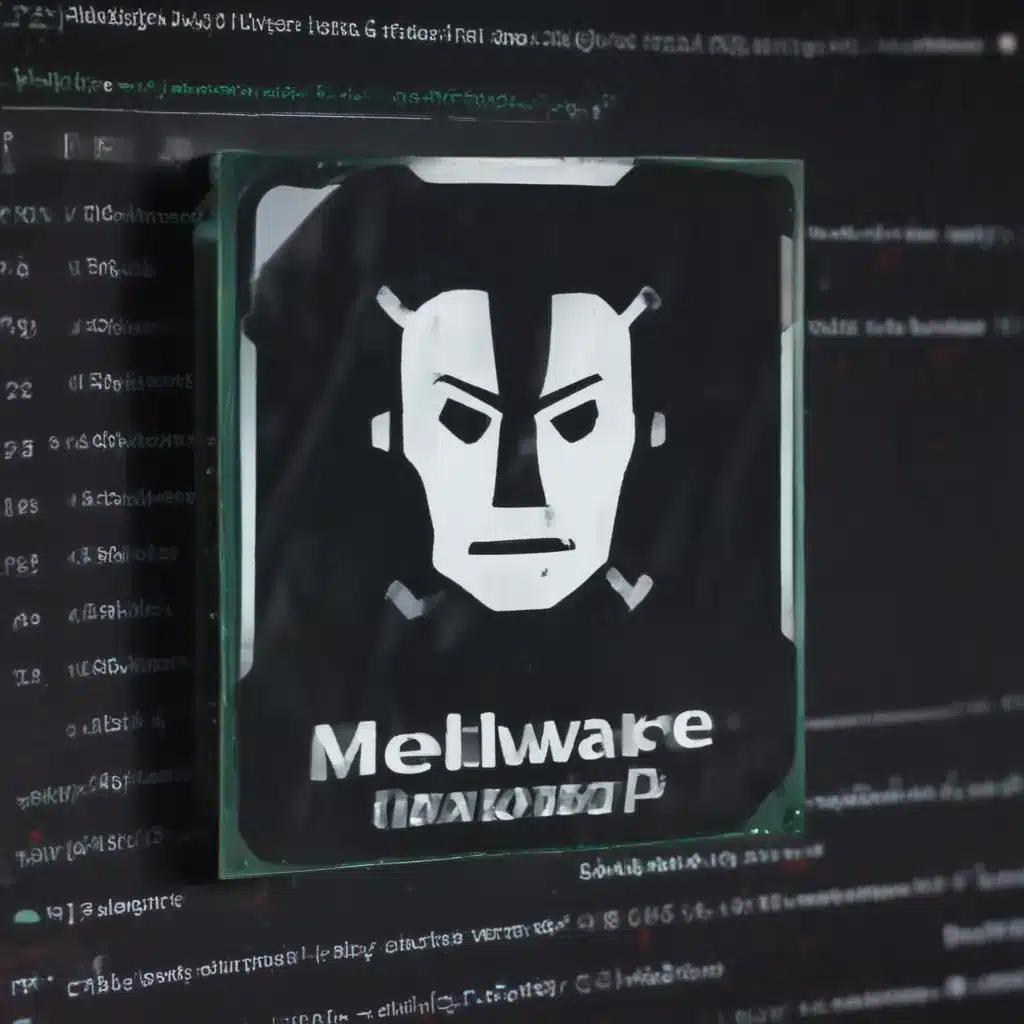Understanding the Importance of Malware and Virus Scanning
As a responsible computer user, I understand the vital importance of regularly scanning my PC for malware and viruses. These malicious programs can wreak havoc on my system, steal my personal information, and even hold my data for ransom. That’s why I make it a point to perform a comprehensive malware and virus scan on a routine basis.
By taking the time to thoroughly inspect my computer, I can identify and eliminate any threats, safeguarding my device and protecting my digital assets. In this in-depth article, I will guide you through the step-by-step process of conducting a full malware and virus scan, ensuring your PC remains secure and functioning at its best.
Choosing the Right Antivirus Software
The first step in performing a comprehensive malware and virus scan is to select the right antivirus software for the job. There are numerous options available on the market, each with their own unique features and capabilities. As I research and evaluate different antivirus programs, I consider factors such as real-time protection, detection rates, system impact, and user-friendliness.
One of the most widely recognized and trusted antivirus solutions is Bitdefender. With its advanced malware detection algorithms and robust security features, Bitdefender has consistently ranked among the top performers in independent tests. Another popular choice is Kaspersky, known for its comprehensive protection and intuitive interface. Alternatively, I may opt for a free antivirus program like Avast or AVG, which can also provide solid defense against various threats.
Ultimately, the decision will depend on my specific needs, system requirements, and personal preferences. I carefully evaluate the pros and cons of each option, read reviews from trusted sources, and make an informed choice that best suits my computing environment.
Performing a Full System Scan
Once I have selected the antivirus software that I feel most confident in, the next step is to perform a full system scan. This comprehensive scan will thoroughly examine every nook and cranny of my computer, leaving no stone unturned in the search for any potential malware or viruses.
To initiate the scan, I simply launch the antivirus program and navigate to the “Scan” or “Scan Options” section. From there, I select the “Full Scan” or “Complete Scan” option, which will analyze my entire system, including all installed programs, system files, and any external storage devices that may be connected.
Depending on the size of my hard drive and the processing power of my computer, the full system scan may take some time to complete. I make sure to set aside enough time, as the process can take anywhere from 30 minutes to several hours, depending on the size and complexity of my system.
During the scan, I keep a close eye on the progress and watch for any suspicious activities or detected threats. If the antivirus software identifies any malware or viruses, I follow the prompts to initiate the removal process, ensuring that any harmful elements are safely eliminated from my system.
Analyzing the Scan Results and Taking Appropriate Action
Once the full system scan is complete, I carefully analyze the results to understand the overall health of my computer. The antivirus software will provide detailed information about any detected threats, including the type of malware, its severity, and the recommended course of action.
If the scan reveals minor issues or potentially unwanted programs (PUPs), I may choose to quarantine or remove them manually. However, if the antivirus software identifies more serious threats, such as Trojans, ransomware, or rootkits, I will follow the software’s instructions to effectively remove them from my system.
In some cases, the malware may be deeply embedded in my system, requiring more advanced techniques to eradicate it. In such scenarios, I may need to consult with a professional IT technician or utilize specialized malware removal tools to ensure a complete and effective cleanup.
Implementing Ongoing Preventative Measures
Performing a full malware and virus scan is an essential step in maintaining the security and integrity of my computer, but it’s only one part of a comprehensive strategy. To ensure my system remains protected, I also implement various ongoing preventative measures.
First and foremost, I make sure to keep my antivirus software up to date. Cybercriminals are constantly developing new and more sophisticated malware, and antivirus vendors work tirelessly to stay ahead of the curve. By regularly updating my antivirus program, I can ensure that it is equipped with the latest threat definitions and can effectively detect and neutralize the latest malware variants.
In addition to keeping my antivirus software current, I also make it a habit to practice good cybersecurity hygiene. This includes being cautious when opening email attachments, avoiding suspicious websites, and regularly backing up my important data. By adopting these best practices, I can significantly reduce the risk of my system becoming infected with malware or viruses.
Conclusion
Performing a comprehensive malware and virus scan is a critical aspect of maintaining the security and health of my computer. By carefully selecting the right antivirus software, conducting a thorough system-wide scan, and implementing ongoing preventative measures, I can protect my device and safeguard my digital assets.
The process may seem daunting at first, but by following the steps outlined in this article, I can ensure that my PC remains free from harmful threats and operates at its optimal performance. Remember, staying vigilant and proactive is the key to maintaining a secure computing environment. So, let’s get started on that full malware and virus scan and keep our devices safe and sound!













